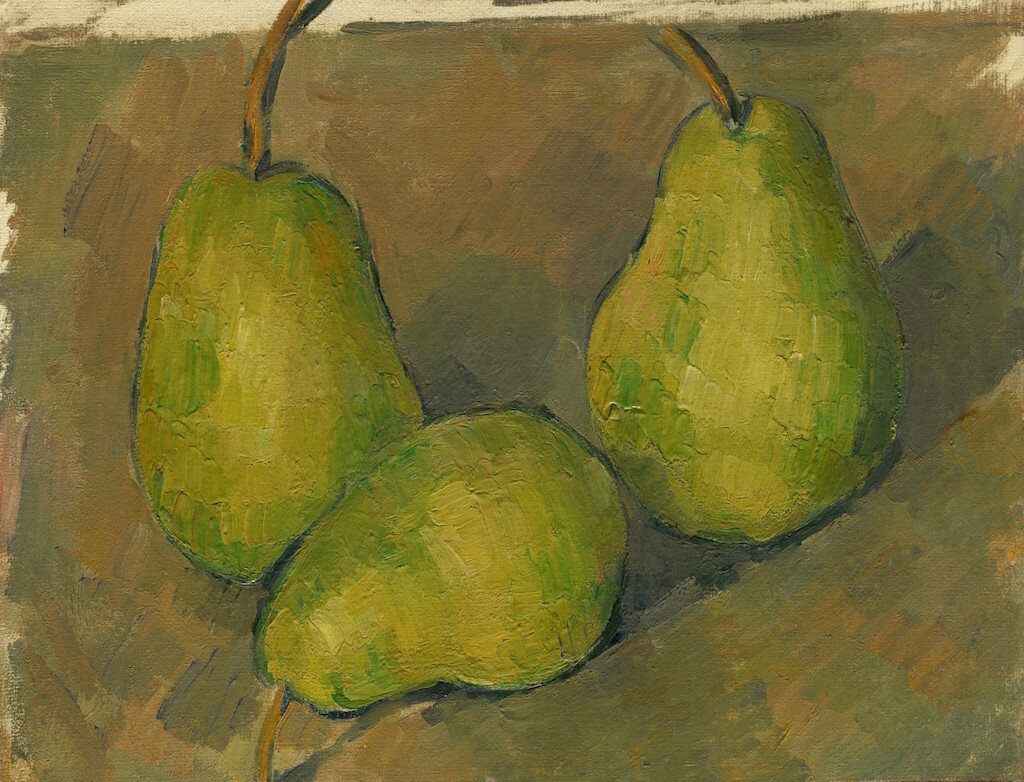This past weekend, the latest newsletter from James K. A. Smith, editor of Image journal, popped into my email. The subject line caught my eye: "Hope Takes Practice." Some of you may remember me mentioning, a long while back, that my working title of my (still-long-in-progress) manuscript on hope is Being On The Way: The Practice of Hope. So of course I had to quickly open his email and see what he had to say. Smith writes of "living futurally."
"Living futurally is not living in such a way that my being and doing are subsumed or overwhelmed by waiting; rather, to live futurally means that my very mode of being-in-the-world is infused by anticipation. Instead of being defined by waiting, my active life is shaped by what I hope for. I receive myself from the future. I am what I am called to be. We are what we hope for. And hope, like love, takes practice. Lord knows I need it."
There's much to think about in his words: Our current life is shaped by what we hope for. Anticipation vs waiting. Practice.

